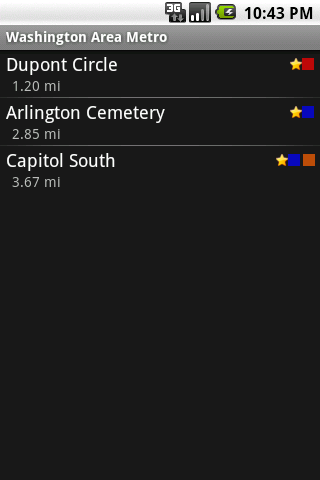So a while back, I was trying to decide what to do with my photography library. I like having the photos in Picasa and sharing them with friends and family. I also like seeing my pictures in use, but I'm not quite ready to release them to wilds on the interweb for all to consume. After a few weeks of chewing on this, I came up with an idea: Every week, I'd release a few of my pictures, cropped and resized as desktop backgrounds.
My tentative plans are to release two pictures a week -- probably Monday and Friday, schedule permitting -- free of charge, as a Creative Commons, No derivatives, Attribution content. Any picture I take is fair game for this, except those of friends, family or other clearly recognizable people (distant crowds are okay). Some days might be nature or scenery pictures, others my attempts at astrophotography, or even abstract art that I think would look good as desktops.
Keep in kind that I'm an amateur photographer -- some of these are going to stink -- and I don't have the photoshop knowhow to churn out great pictures by the dozen. Initially, at least, I'll be releasing cropped pictures in reasonable desktop sizes, but otherwise untouched from my camera. Schedule is liable to be subject to change; I have a busy job, and I travel frequently, so there may be delays (foreseen or unforeseen).
Eventually I'll place an archive of these on my
website, but for now, I'm going to use my blog to do that.
Anyways, without further ado, here is my first free desktop,
Purple Flowers:
This was shot with my trusty telephoto 55mm-250mm lens on my Canon Rebel EOS XSi. Although this is a telephoto lens and typically doesn't focus well at close distances, I've found it can take some great macro-like shots at its maximum focal length from my standing height. The flowers themselves were found while hiking along the
Tomales Point trail out by Point Reyes, just north of San Francisco.




